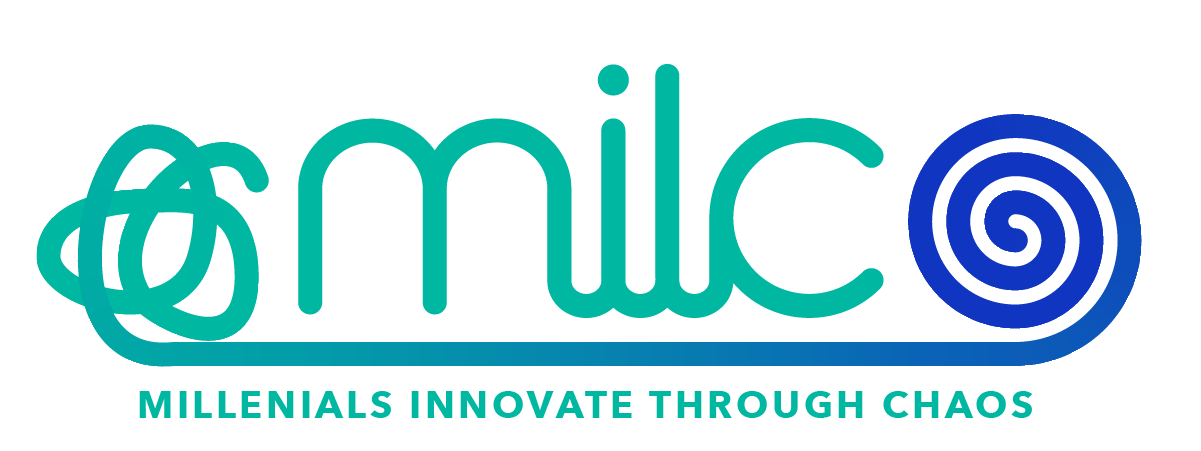
What is Multi-disciplinary thinking?
Multidisciplinarity is where two or more disciplines collaborate for a specific purpose, for instance, when scientists, psychologists, designers or sociologists cooperate in the design of new ideas. Although a multidisciplinary approach uses the skills and knowledge from more than one academic discipline, the use of knowledge from different disciplines remains distinct, even though the differences between the disciplines can be quite subtle.
Humanity’s primary turning point has always been multidisciplinary holistic thinking solutions, especially during unusual times. There are several solutions based on multidisciplinary holistic thinking methods that are relevant to what we perceive as ‘quality of life,’ whether in education, health, social welfare, security, or other areas.
Humans, on the other hand, have been far too preoccupied with sub-specialized technology and science in the previous half-century. This highly professional, single-minded attitude caused people to focus on what might make them more comfortable rather than what could help them find inventive solutions.
If we look at the multidisciplinary thinking definitions, UNESCO (2020b) defines the multidisciplinary approach (the same as the cross-disciplinary approach), as studying one topic from the viewpoint of more than one discipline and solving a problem using a different disciplinary approach.
Which are the benefits of being a multidisciplinary thinker?
The benefits of multidisciplinary thinking in the education and business sector are clear. By melding together subjects, millennials connect the brightest minds. Having people across disciplines work together creates a harmonious, integrated approach to learning.
- Holistic understanding: One of the benefits of a multidisciplinary approach in the education and business sector is a more holistic understanding of the world. Rather than looking at individual departments and their subject matters separately, a multidisciplinary approach integrates parts of each department into the study programs of the other.
- Different perspectives: Have you ever tried to solve a puzzle yourself and had one section that defeated you? You stare at it for hours but can’t figure it out for your life. Then, one day, a friend saunters by and picks up that pivotal piece and places it perfectly. Ah, the magic of different perspectives! A multidisciplinary approach is a kind of like that, with different people integrating subject matters.
- Real-world approach: Multidisciplinary learning isn’t just a theoretical philosophy—it’s a tangible way of understanding the world.
- Collaboration skills: Hopefully, any education route or work you take emphasises the importance of collaboration. However, one of the most important advantages of multidisciplinary learning is the idea of coming together to create a better whole. Communicating effectively with people across disciplines is integral to multidisciplinary learning.
Why is Multi-disciplinary thinking so important?
Multidisciplinary thinking encourages millennials to establish connections across various disciplines or subjects offered in projects, ideas, classes or companies. Integrating different fields of knowledge allows learners to tackle big questions and solve real-world problems that cannot be examined through just one topic of study or business.
Multidisciplinary learning is a wonderful way to integrate your education into a comprehensive unit rather than scrambling to draw connections between seemingly unrelated parts. It empowers you to see tangible correlations across subject matters rather than view each in a silo.
How to enhance your Multidisciplinary thinking?
To improve millennials’ understanding and make the learning and improving process more productive and enjoyable, they need to experience the connection between different subjects of the respective curriculum.
The International Bureau of Education (IBE-UNESCO) specifies three major types of a contemporary approach to enhancement: multidisciplinary, interdisciplinary and transdisciplinary.
Multidisciplinary learning is studying or working on a topic from the viewpoint of more than one discipline and solving a problem using a different disciplinary approach.
Interdisciplinary learning is understanding theories that cut across disciplines and highlight the process and meaning rather than combining different discipline contents.
Transdisciplinary learning is removing the boundaries between the core disciplines, integrating them to construct new contexts of real-world themes and introducing a sub-major stream course.
The MILC project and Multi-disciplinary thinking
The main objective of the MILC project is to create a learning approach that will equip the Millennials with 21st Century skills to practice leadership based on their way of thinking and behaviour. The MILC project will facilitate innovation support activities to ensure Millennials understand and take advantage of the opportunities offered by new innovative concepts, methodologies and approaches.
As you may have already guessed, Multi-disciplinary thinking is one of the 21st Century skills and developing it could be highly beneficial for any field of work. Discover more about it in the articles below and explore the MILC project’s website.
